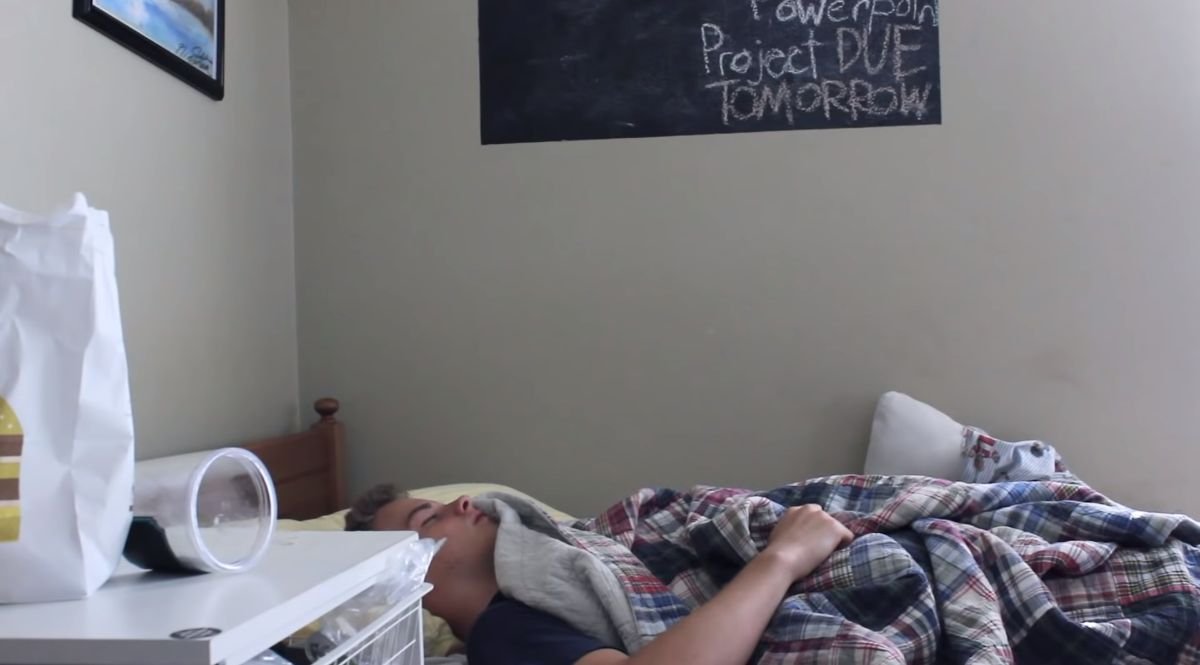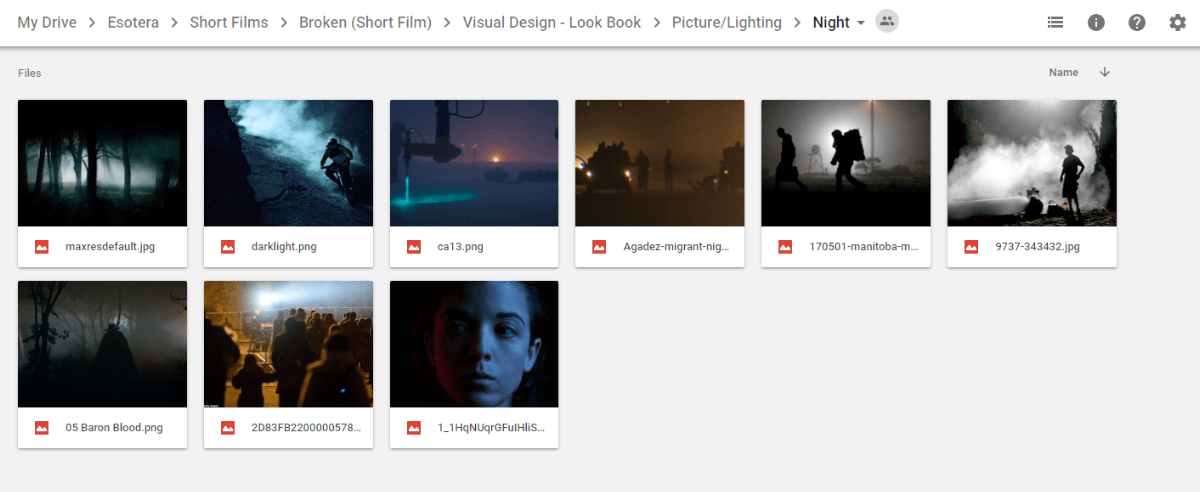How to Use Color & Light to Set the Tone in Your Film
I recommend you spend time thinking about these aspects for your next film. How can you use color and light to enhance your story?
Lighting and color are two of the most important factors in a film, on par with shot choice. Together, light and color change the mood drastically and should be more important than the camera or lenses or equipment you are using by a substantial margin.
A film shot on a cheap DSLR can look excellent with good, well-thought-out lighting. A film shot on an expensive camera will look like amateurish garbage with poor lighting. Finally, unless you’re shooting black and white, color is going to have a huge impact on the emotional experience of your audience.
Example – student short film shot on DSLR:
Compare this to a short film shot by a pro on DSLR (DP Shane Hurlbut):
The difference between these two images is partially skill, but largely about how much thought and effort was put into getting very specific light & color in order to tell the story.
The top shot (and the rest of the film) simply uses the light that was available. They didn’t put much thought into color or light, and it shows.
All filmmakers start out worrying more about whether their shots will cut together right, whether the story makes sense, and so on.
Those are definitely important, but eventually, you must graduate from thinking only about 1 or 2 things and consider more of the storytelling tools available to you if you want to improve the quality of your films.
It’s difficult to talk about these topics, because honestly, while there are some generally accepted ideas about how certain lighting or colors affect emotion, it’s far from scientific.
These topics begin to bleed into the realm of the subconscious that filmmakers play in, and directors must be willing to experiment and possibly fail.
You need to decide, based on your experience of other films and understanding of audience pre-conceptions of certain colors and lighting schemes, whether you think your particular arrangement of light and color will have the effect on your audience that you desire.
In simple terms, the role of the director is as a stand-in for the audience. Using your gut instinct, you must figure out how you think the audience will react to something as abstract as color and light, among other things.
Personally, I love using bold light and color choices to help tell my stories. I have to admit I am very biased toward using strong, saturated colors and lots of contrast, a la Blade Runner. What can I say… I’m weak for that stuff. I think it looks amazing.
Case in point…
However, that doesn’t mean an understated or more desaturated look isn’t a viable option. It all depends on what will best serve your story.
For example, in a film like Book of Eli, they decided to make all colors earthy and dull, and the lighting harsh and stark:
This is, of course, entirely intentional. For each and every scene, they had to ensure that every character had wardrobe and accessories that fit that color scheme, that locations, vehicle interiors/exteriors, decorations on walls, and everything else fit the desired color scheme.
Any stray bright, happy colors in the scene, would draw far too much attention and be distracting.
The color scheme and lighting style are a reflection of the world in which they live. It’s a harsh world, and there isn’t much prosperity. Everything looks dead.
Even in a scene like this, with probably the most color variety in the film, uses understated baby blues, faded reds, and sickly yellows that all fit the tone of the film.
How to communicate your light & color to crew
Look books are indispensable for communication. They come in many formats (PDF arrangements of images, Google Drive folders, Pinterest boards), but they all do something very well; communicate the look you want to your crew.
This is an example of what I use. You can probably see a pattern/style of lighting emerge from my samples:
Well, my crew can too. And I also take the time to go over it with them so we are on the same page and my vision is crystal-clear.
You can’t assume that your team knows what you want, so lay it out for them in very concrete terms. The other benefit of making a look book is that the process of creating it helps you better understand what you like and want to see for your film.
I have talked about look books at length and how to make them in this article, if you’d like to learn more.
Well, I hope this is helpful and you’ll spend a bit more time thinking about how you use light and color in your films to best tell your story.
Until next time, Storyteller.







